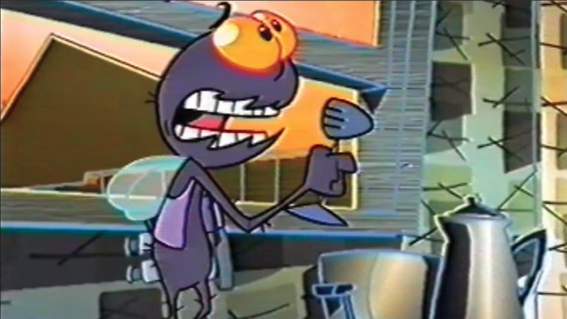Lessons from Australia’s most iconic childhood ads
Wil Logan, senior consultant at Cubery, and his team recently conducted a deep dive into Australia’s most iconic childhood ads. Here’s what they learned about why some ads stick, for decades.

Straight from rubbish tip to you
If we’re lucky, we look back on our childhood with fondness and nostalgia. Speaking as an average Australian Millennial, it was Friday night trips to Blockbuster and a weekend spent with cartoons and music videos in the morning, followed by ‘Hey Hey’ on Saturday night. It was a wildly predictable routine, but one I wouldn’t have wanted any other way.
But within that routine, I must have been exposed to thousands upon thousands of ads. And now, almost three decades later, it’s as if the same handful of ads were on repeat my entire childhood. Looking back, it was the vivid memories of Yellow Pages’ “Not Happy Jan” playing during a Neighbours ad break (yeah, I was obsessed…), Cottee’s “My Dad Picks The Fruit” during Agro’s Cartoon Connection, and Lube Mobile’s angrier-than-necessary young boy reciting “firteen-firty-firty-two” during the footy that have been forever etched into my memory.
So, when my colleagues and I at Cubery conducted a deep dive into Australia’s most iconic childhood ads, it wasn’t just about a happy trip down memory lane. Beyond the obvious nostalgia it triggered, what we really wanted to understand was why these ads were able to endure for so many years after they’d been put to bed.

